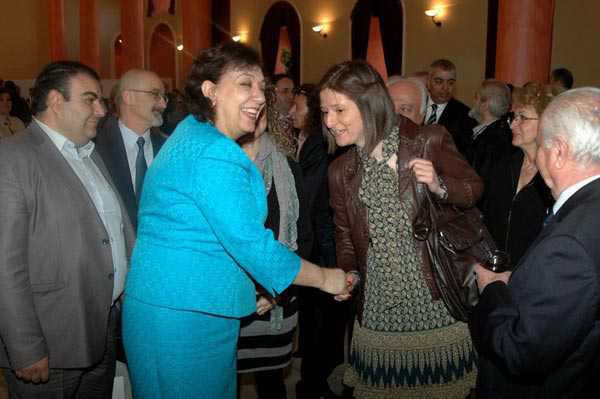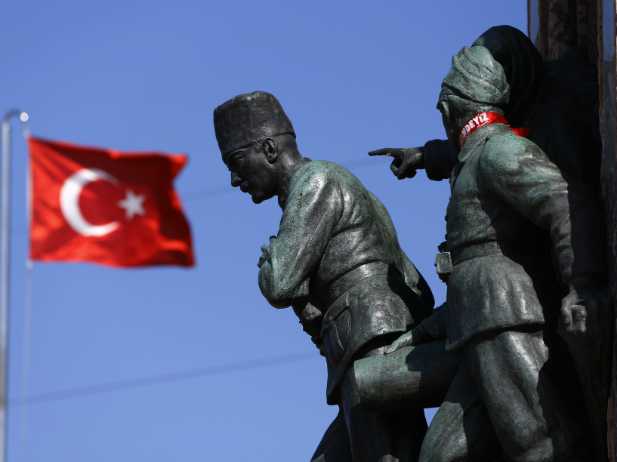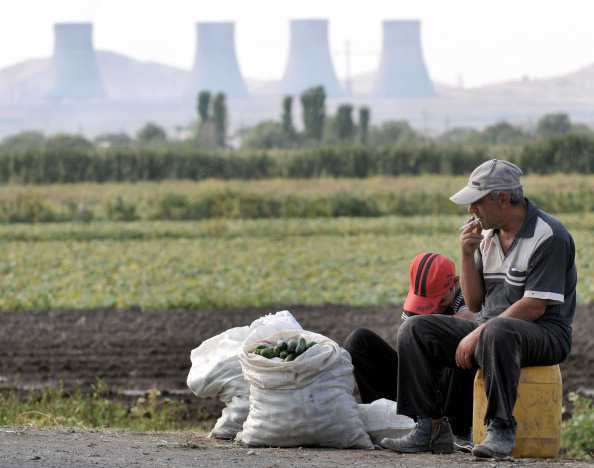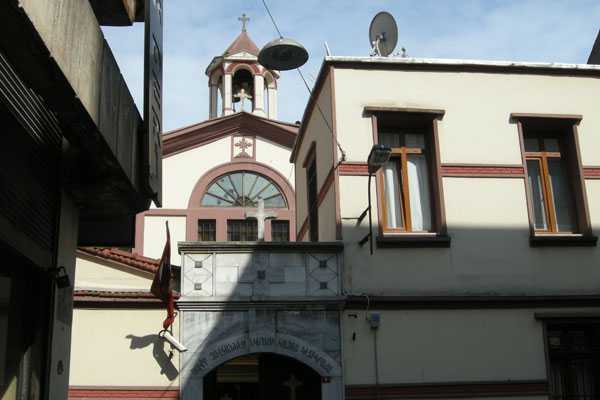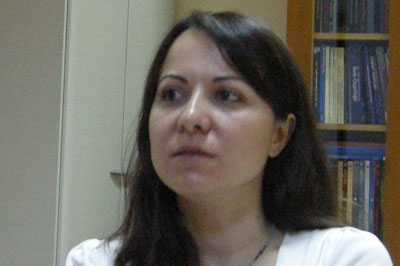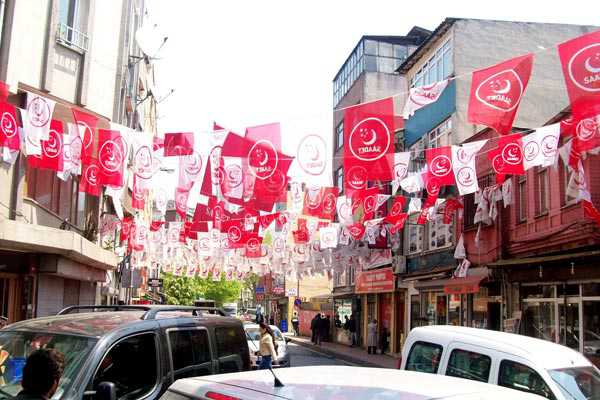
Four-year-old Arpine was born in Istanbul where her parents from Gyumri live and work now. On the wall in a narrow and damp house where she lives there is a picture of Mt. Ararat, a reminder of where her home, Armenia, is.
The little girl’s father works to maintain his four-member family in Turkey and also his elderly parents back in Gyumri and the family of his brother who was killed in the 1988 earthquake in the Armenian town.
“The only way was to go to Russia, but there was no work there for several months, so I had to go back to Gyumri, and then I moved to Turkey,” says the middle-aged man.
Like many other Armenians their family also settled down in Istanbul’s Kumkapi district, which is cheaper, besides it is there or in the nearby Beyazit and Laleli districts that there are quite a few markets, leather items producing factories, jewelers’ workshops and fish processing mills.
This district with raggedy buildings and dirty, rundown streets is a different Istanbul. In contrast to downtown Istanbul that is full of tourists and has a modern look this district stands out by its misery and the only sign of continuing life here are flags that have been placed on the facades of buildings here ahead of upcoming elections.
Immigrants from Armenia do not particularly mingle with the community of Istanbul Armenians as both have created their own isolated reality, with their own memories and nostalgia.
“We have come here to maintain our families. We often hear words that shame us for coming to Turkey. But it is not us, but the state that should feel ashamed for driving us into such an extreme condition that we left everything and came here to keep our elderly,” says 57-year-old Hamest Hakobyan, who used to work as a teacher at one of Gyumri’s school, but became a “victim” of redundancy after the so-called optimization plan of the government several years ago and had to go to Istanbul to find a job.
According to the data of the only research conducted on illegal migrants living in Turkey (by the Eurasia Partnership Foundation), the number of migrants from Armenia is approximately 15,000, the vast majority of them, 96 percent, are women. Most of them find work as housemaids or babysitters, while men are engaged in shoemaking or jewelry-related work.
In the initial period of their stay in Turkey Armenians from Armenia prefer working for local Armenians, but as soon as they become fluent in Turkish almost all choose to work for Turks.
“It is strange but it is a fact. Ask anyone, they would be more pleased with a Turkish landlord than with an ethnic Armenian. After giving it a long thought I figured out that this is our national character – we seek to dominate, suppress [our fellow Armenians],” says teacher Heriknaz Avagyan, one of immigrants from Armenia.
Heriknaz came to Turkey in 2001 when she was 32, leaving a teacher’s job in Yerevan. But in Istanbul she also found an important mission.
In 2003 Heriknaz realized that the children of illegal migrants from Armenia were growing up illiterate, without education, because they were not eligible to attend any school (even Armenian schools, which are also state-funded). And then she initiated the establishment of a school now attended by 72 Armenian children.
But hers is a small, basement-floor illegal school, which provides a five-year education to the smaller part of children of illegal migrants from Armenia.
According to the data of the Eurasia Partnership Foundation’s survey, in Turkey there are about 600-800 such children most of whom grow up without receiving any education.
“In fact the authorities know about our school, but they turn a blind eye to it. As you know, beginning in September the government of Turkey will allow children to attend Armenian schools, but only as ‘free listeners’, without the right to be issued certificates, which actually does not solve the problem of their receiving and continuing education,” says Heriknaz.
The teacher says with regret that many children who have exceptional abilities after leaving her school at age 13-14 start working in markets or engage in jewelry business as they cannot continue their studies. And before the establishment of this “underground” school a whole generation grew up without learning to read and write in Armenian.
The school operates in the basement floor of an Armenian evangelical church in Istanbul’s Getikpasha district. Children of different grades study side by side in a small three-room space.
On the other side of the wall are kindergarten age children, who sleep in a small room on three-tier beds, or in shifts, with the most tired and youngest ones of two-five-year-olds taking their shifts first.
“Unfortunately, we don’t have better conditions, but the number of children keeps growing. If the Armenian Patriarchate of Istanbul wanted, it surely could provide a more convenient space, but they turned down our request, perhaps they don’t want to have problems with the state,” says Heriknaz, the school’s principal.
Still, this is the only Armenian school where all subjects are taught in Armenian, where instead of the picture of Mustafa Kemal Ataturk children see the images of the president of Armenia and the Armenian catholicos and the Armenian tricolor.
“The books and curricula here are the same as in Armenia. As far as books are concerned, I’ve received support only from the Diaspora Department of the [Armenian] Ministry of Education and Science where there are some people who care,” says Heriknaz, noting with regret that no official from Armenia visiting Istanbul has ever visited the school.
All immigrants from Armenian in Istanbul speak about difficulties and indifference towards them.
“But the greatest attention should be paid to immigrants here. True, the Turks treat us well, but we fear that we will become the first victims should their policy change. We have this fear every time we see police, but they know well who lives where,” says tearful Hamest Hakobyan as she shows a copybook with her verses that she says were born out of nostalgia.
“We have turned poets out of homesickness,” she says, reading in a trembling voice: “I am an Armenian emigrant, I live in tears…”
Gayane Abrahamyan is reporting from Turkey with the support of the Global Political Trends Center (GPoT) and Internews Armenia


